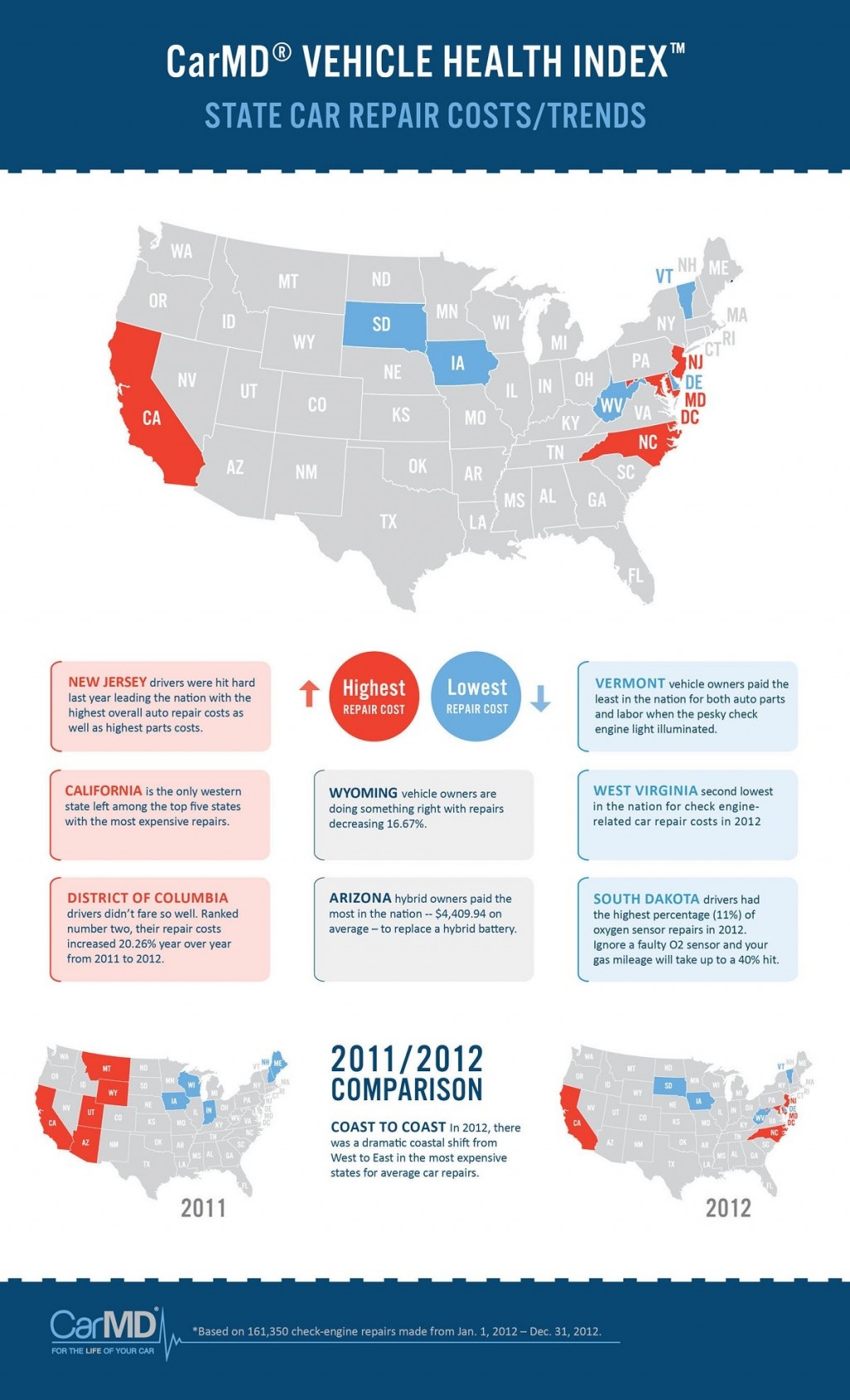Understanding The Value Of Your Car'S Warning Signals: What They In Fact Stand For
Understanding The Value Of Your Car'S Warning Signals: What They In Fact Stand For
Blog Article
Author-Faulkner Stark
When you lag the wheel, those radiant caution lights on your dashboard can be a bit bewildering. Do you recognize what they're attempting to tell you about your cars and truck's wellness? Comprehending the significance of these lights is vital for your safety and the durability of your automobile. So, the following time one of those lights pops up, wouldn't you intend to understand its message properly and take the necessary actions to resolve it?
Common Warning Lights and Interpretations
Determine typical caution lights in your automobile and understand their definitions to make certain safe driving.
One of the most normal caution lights include the check engine light, which signifies concerns with the engine or discharges system. If this light begins, it's crucial to have your automobile inspected promptly.
The oil pressure alerting light indicates reduced oil stress, requiring prompt focus to prevent engine damage.
A blinking battery light might recommend a faulty charging system, possibly leaving you stranded if not attended to.
The tire pressure monitoring system (TPMS) light notifies you to reduced tire stress, impacting automobile security and fuel effectiveness. Ignoring this might lead to hazardous driving conditions.
interior cleaning suggests an issue with the anti-lock braking system, jeopardizing your capability to stop swiftly in emergency situations.
Finally, the coolant temperature alerting light warns of engine getting too hot, which can result in severe damage if not dealt with quickly.
Recognizing these usual caution lights will certainly assist you deal with concerns immediately and keep risk-free driving conditions.
Importance of Prompt Interest
Comprehending the common caution lights in your car is just the very first step; the value of without delay dealing with these cautions can not be highlighted enough to guarantee your security on the road.
When a caution light brightens on your dashboard, it's your car's way of connecting a potential concern that requires focus. Disregarding these warnings can cause a lot more extreme problems down the road, endangering your safety and potentially costing you much more in repairs.
Prompt interest to alerting lights can protect against malfunctions and crashes. As an example, a flashing check engine light could suggest a misfire that, if left ignored, could trigger damage to the catalytic converter. Resolving this immediately can conserve you from an expensive repair.
Likewise, a brake system warning light may signify reduced brake liquid or used brake pads, important elements for your security when driving.
Do It Yourself Troubleshooting Tips
If you see a caution light on your dashboard, there are a few DIY troubleshooting ideas you can attempt before seeking expert aid.
The initial step is to consult your automobile's manual to understand what the certain caution light indicates. Sometimes motorhome detailers can be as basic as a loosened gas cap causing the check engine light. Tightening the gas cap may deal with the problem.
Another usual issue is a reduced battery, which can cause numerous cautioning lights. Inspecting the battery connections for corrosion and guaranteeing they're safe and secure might take care of the issue.
If a caution light persists, you can attempt resetting it by detaching the vehicle's battery for a couple of mins and afterwards reconnecting it. Additionally, checking your car's fluid levels, such as oil, coolant, and brake fluid, can help repair cautioning lights associated with these systems.
Conclusion
To conclude, understanding your vehicle's warning lights is crucial for maintaining your car running efficiently and safely. By immediately attending to these signals and recognizing what they suggest, you can prevent pricey repairs and potential breakdowns.
Bear in mind to consult your car's manual for certain information on each alerting light and act appropriately to ensure a trouble-free driving experience.
Remain informed, stay secure when driving!
